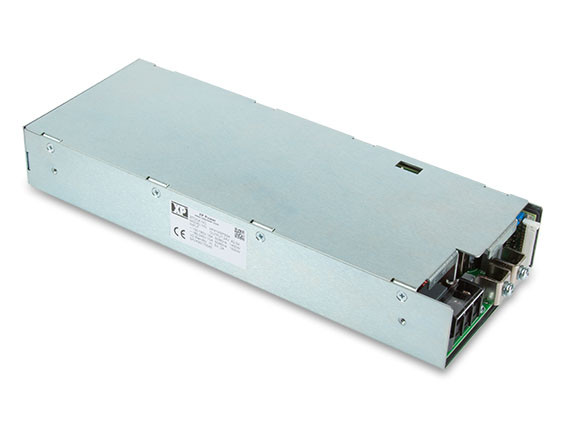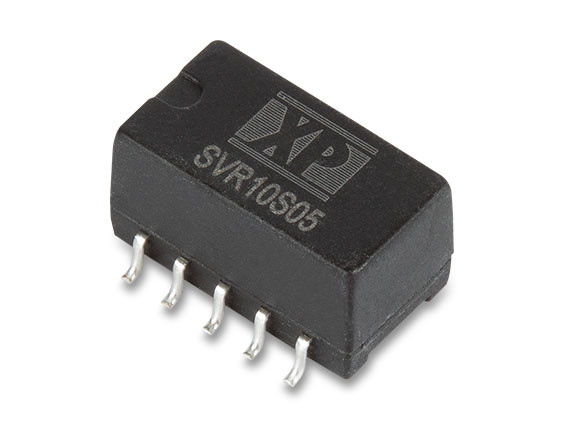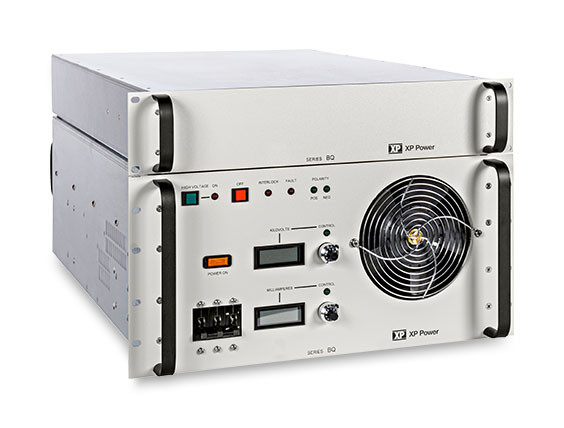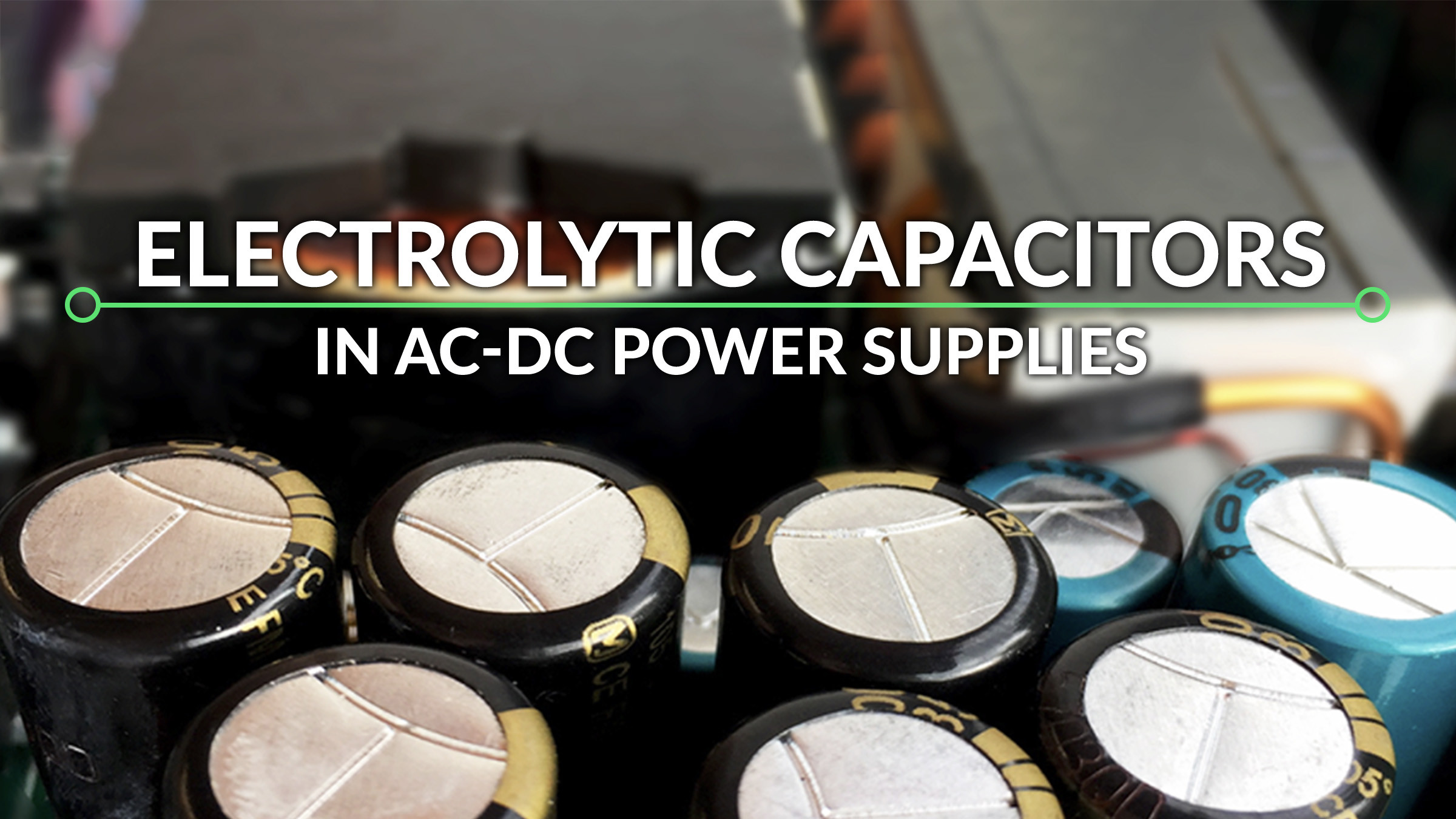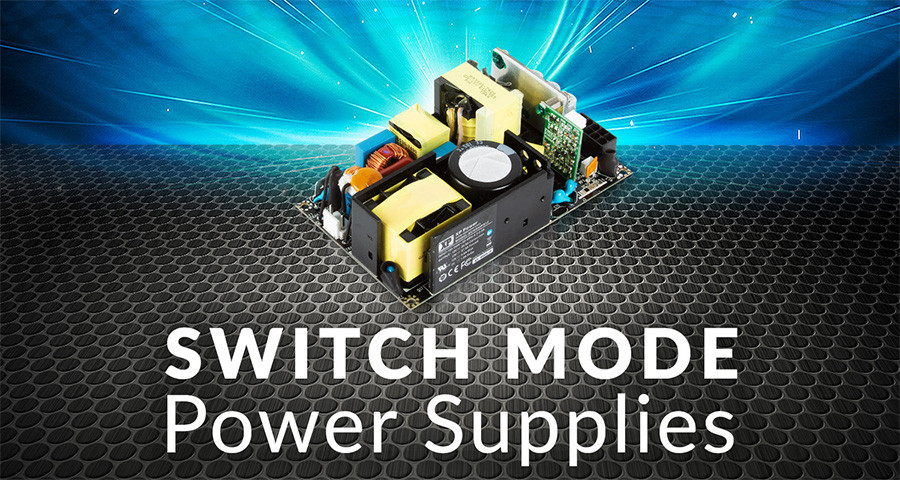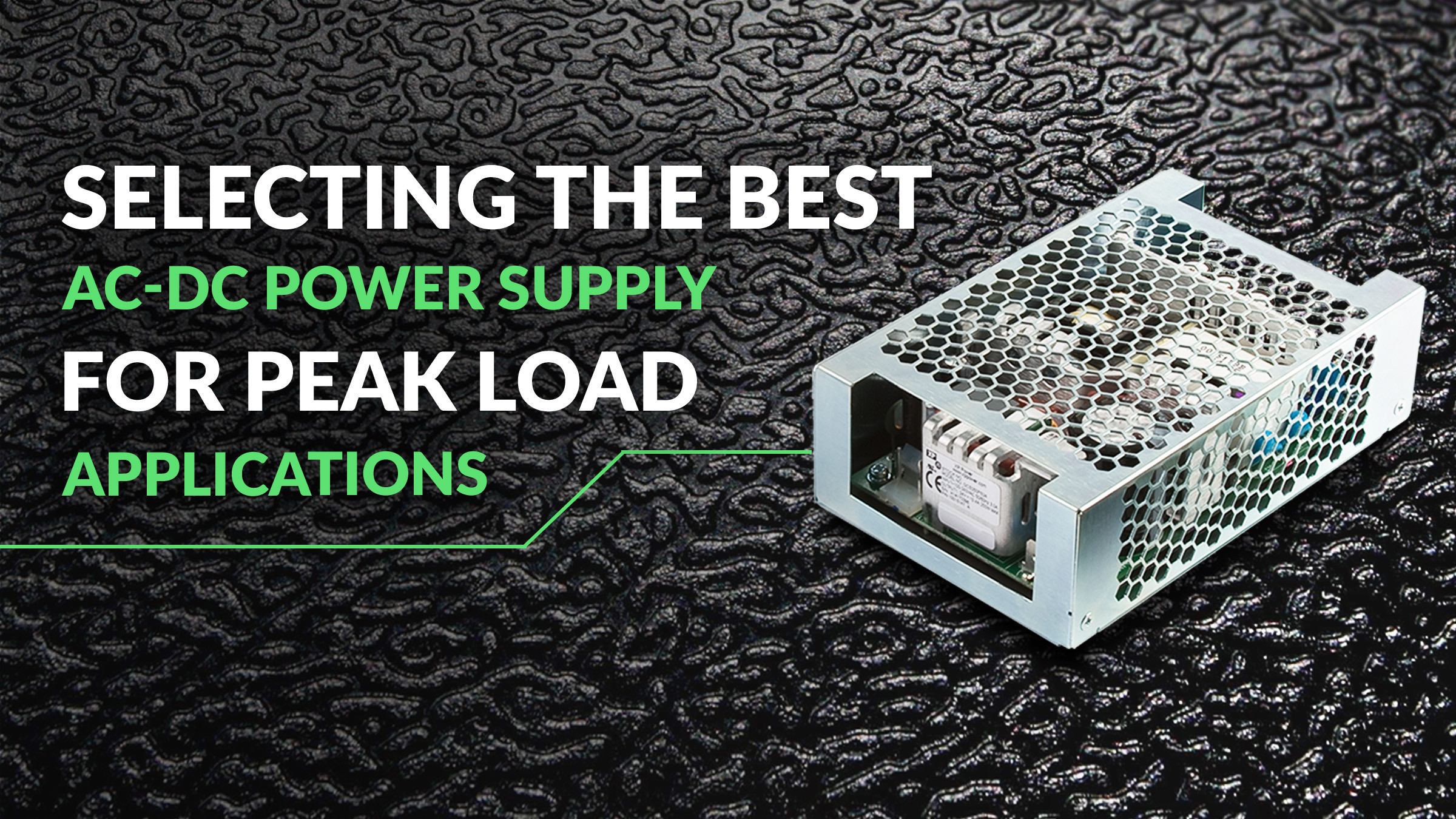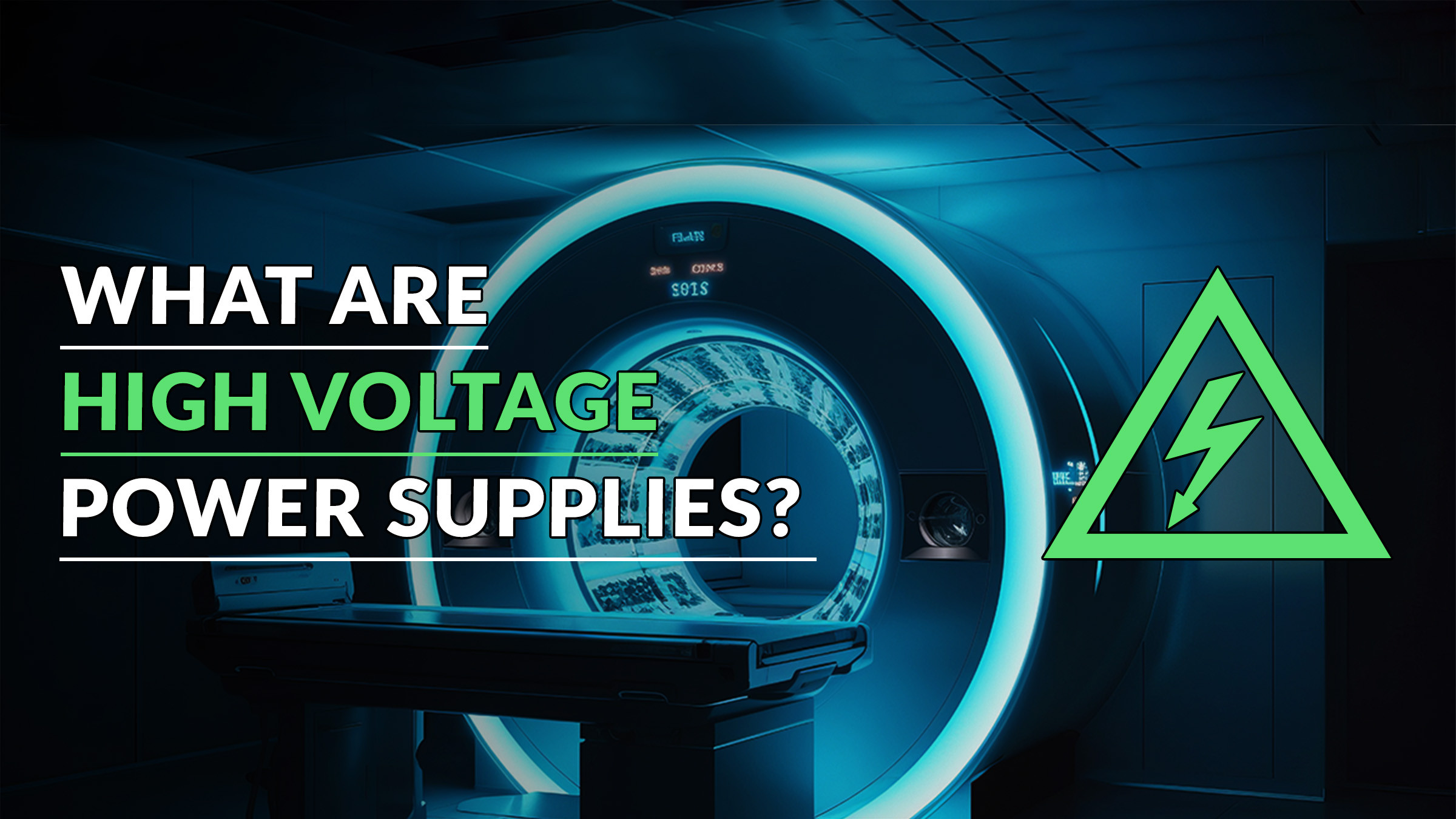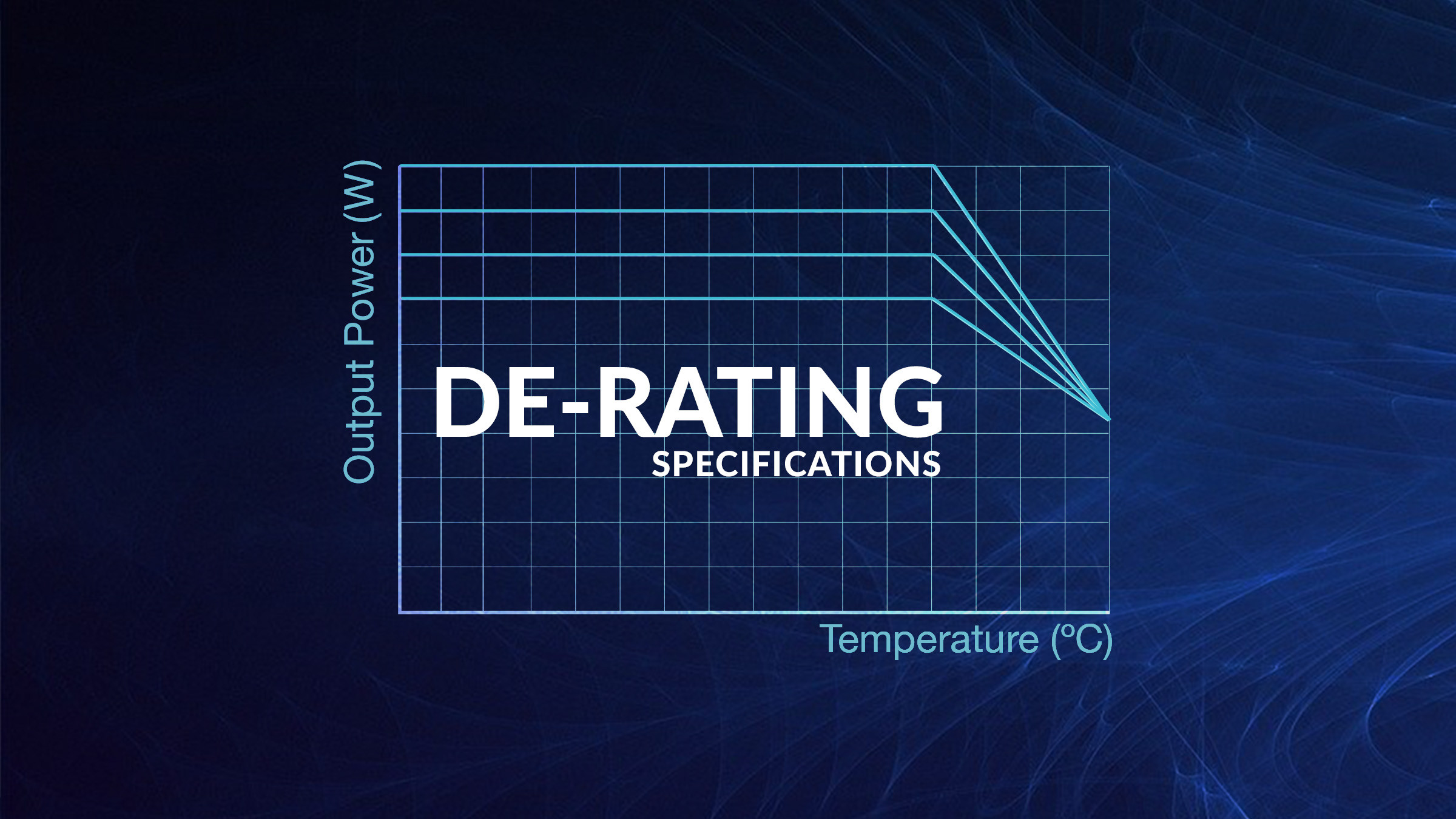
Our Engineering Services Manager explains how de-rating specifications work and what to keep an eye out for when selecting AC-DC power supplies.
Overview
- An increasing number of AC-DC power supplies rely on de-rating specifications to improve their headline power ratings.
- De-rating is when a power system or component is operated at a level below its headline rating to meet safety, thermal & reliability requirements.
- Two of the most common de-rating specifications are linked to temperature and input voltage.
With mounting market pressure on power supply size, power density, and cost, there are an increasing number of AC-DC power supplies released which rely on de-rating specifications to improve their headline power ratings.
This de-rating information may not be immediately apparent and is typically located at the end of the product data-sheet, well away from the headline data. In some cases, the short form or catalogue version of the data does not include this level of detail, so care must be taken when selecting the product to ensure that it is truly suitable for a given application.
What are de-rating specifications?
De-rating specifications are based on reducing the specified output power rating of the power supply during higher temperature operation or low line input voltage operation. This mitigates excessive component temperature rises, preserves component lifetime, and ensures that safety-critical isolation components do not exceed their thermal limits. Two of the most common de-rating specifications are linked to operating temperature and input voltage.
Temperature de-rating
Virtually all power supplies have a de-rating curve based on ambient temperature – see example Figure 1 below. For products designed for integration into end equipment, this de-rating typically starts at ambient temperatures in excess of 50°C. This allows for temperature rises within the end equipment, whilst maintaining the full specified power rating of the power supply. The output power rating will usually fall to 50% at a maximum ambient temperature of 70°C. There are also a small number of manufacturers who de-rate products below 0°C based on their ability to start at low temperatures.
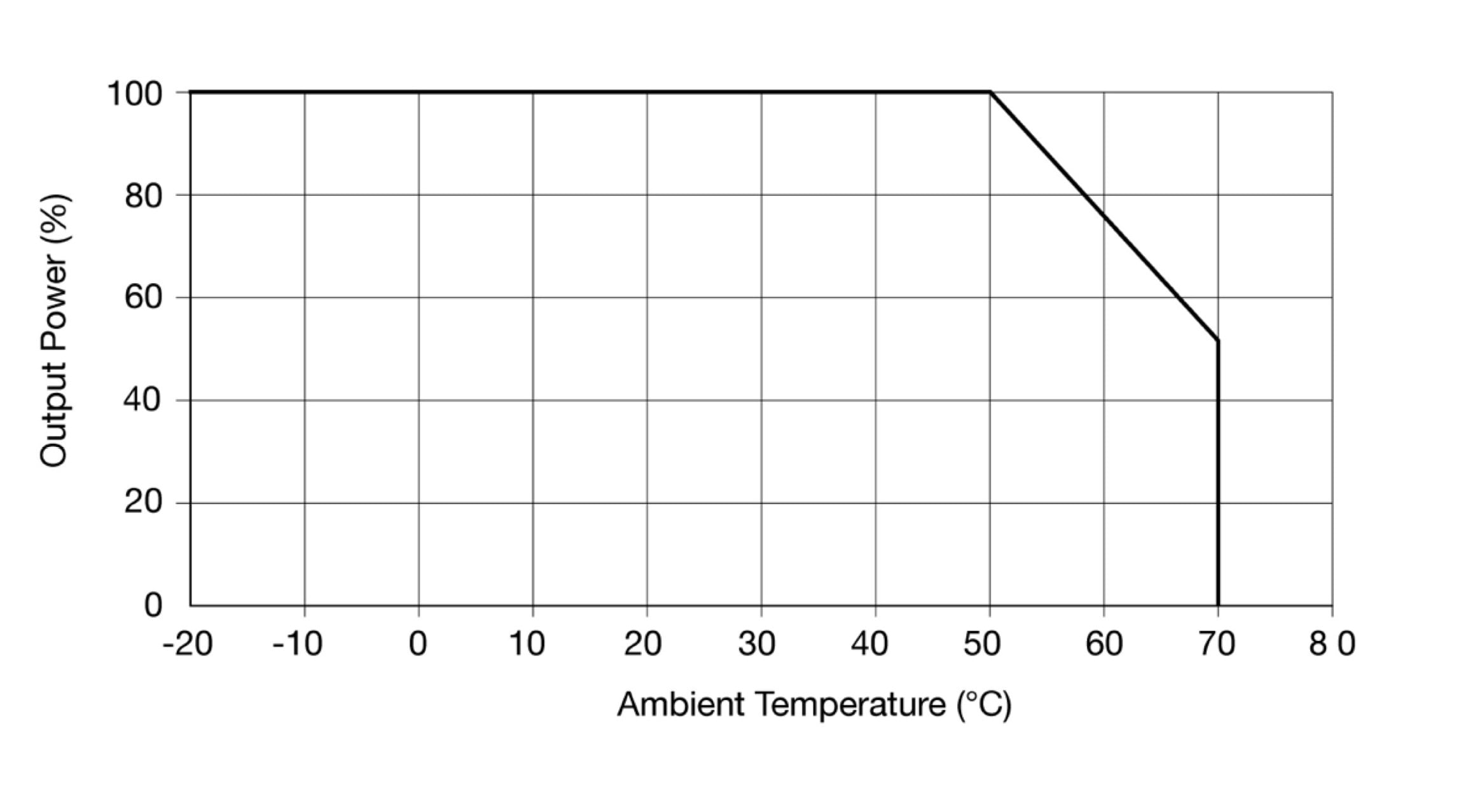 [Figure 1 – Output power derating curve based on ambient temperature]
[Figure 1 – Output power derating curve based on ambient temperature]
In recent times, open frame power supplies are being introduced by some manufacturers which limit the maximum ambient temperature for full power operation to 40°C, with the output power reducing to 50% at a maximum ambient of 60°C. This is due to component temperature rises that are too high to allow full headline power operation at 50°C, limited by component specifications, lifetime, and product safety requirements.
While such “specmanship” provides a higher headline power rating and, at first sight, appears to offer smaller size or lower cost, when integrated into end equipment which needs to operate in an ambient of 40°C, the available output power is reduced immediately by 25% or more. Put another way, this means that such a product with a headline power rating of 100W is actually a 75W product in practical terms and cannot be considered comparable to other units of the same power that are rated for 50°C operation.
Input voltage de-rating
Products designed for world-wide operation have a universal input range typically covering 90 – 264VAC. Conventionally, a product with universal input is expected to offer its full power rating across this input range, with some products offering a de-rated output for lower input voltages down to 85 or 80VAC to cover operation in areas where the AC supply is prone to brownout.
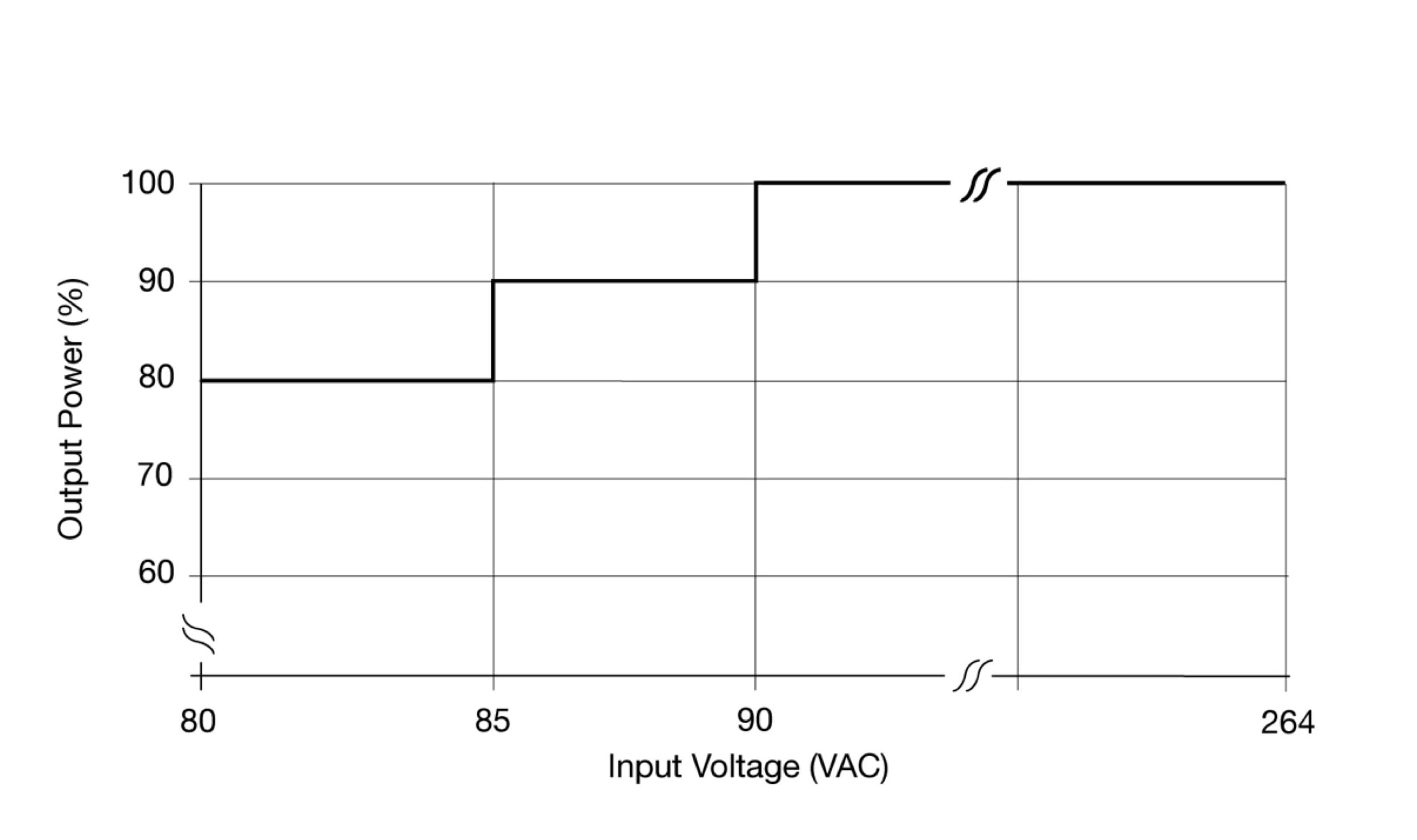 [Figure 2 – Output power derating curve based on input voltage]
[Figure 2 – Output power derating curve based on input voltage]
In recent years, it has become commonplace for some manufacturers to increase the power rating of the product and specify de-rating for input voltages less than 100VAC or even as high as 120VAC. This input de-rating can be as much as 20% when operating at 90VAC.
Using specification de-rating in this way makes the product appear to offer increased power density and lower cost. However, if the application is required to operate globally, a higher power version of the product would be required. Put another way a power supply with a headline rating of 100W can only practically be rated at 80W.
Input voltage de-rating is employed to mitigate overheating in the input filter, bridge rectifier & PFC boost converter as the input current increases. Some losses increase proportionally to the current but resistive losses, such as those found in EMC chokes, increase by the square of the current.
If the end equipment is intended for sale on a worldwide basis, care must be taken to ensure that the power supply rating is adequate at low line voltages. Exceeding the de-rating curves may result in reliability and lifetime problems.
When combined, thermal and low line de-rating result in a 40 °C rated 100W power supply being reduced to a rating as low as 60W if used in an ambient of 50°C with a line voltage of 90VAC. This product cannot be compared to those offering a 100W power rating over the entire input and should be compared to a 60W rated product negating any apparent size, power density & cost benefits.
There will also be de-rating rules applicable to the complete final system. For example, all the components may be specified at 80% of their rated power, to ensure long life and enhanced reliability. If the finer details of the de-rating curves have been missed, then there may be a situation where the system is completed and signed off, whilst infringing these design rules, with the detrimental effects on lifetime and reliability that will bring.
While the product specification requires de-rating under certain line voltage and ambient temperature conditions, the power supply will not limit the available power at the output and will continue to operate. If the product is operated outside of the de-rating curves there are serious consequences in terms of reliability, product lifetime, and potentially safety if the thermal limits of the isolation barriers are exceeded.
Please feel free to contact us for more information regarding our market leading AC-DC power solutions.
